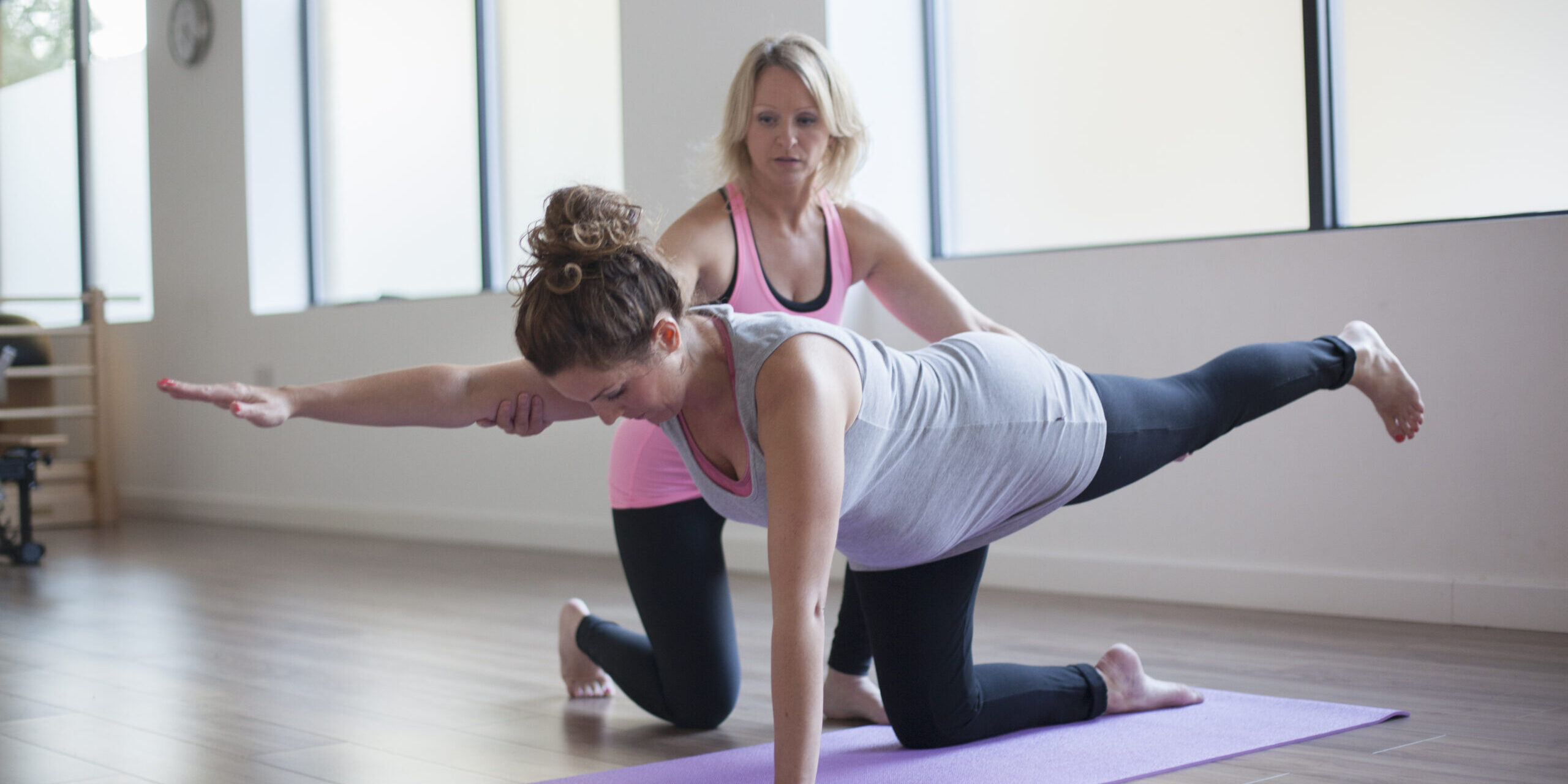Mindfulness is the ability to be fully present, aware of where we are and what we’re doing, and not overly reactive or overwhelmed by what’s going on around us. You can practice mindfulness by sitting down and being more aware of the things you do each day. Meditation can provide some much needed calming space in your life. Research has shown that mindfulness meditation can help people suffering with chronic pain, as it can help:
- Manage and lessen your pain
- Lower your stress
- Connect better with others
- Improve your focus
- Reduce brain chatter
Easy steps to begin meditating
Meditation is simpler than most people think. Follow the steps below, and relax.
1) Find a comfortable seat.
2) Set a time limit-5 to 10 minutes to start.
3) Notice your body.
You can sit in a chair with your feet on the floor, or you can sit loosely cross-legged. Just make sure you are stable and in a position you can stay in for a while.
4) Feel your breath in and out over the course of 5 seconds.
5) Notice when your mind has wandered.
Your attention will eventually leave the breathing and wander—simply return your attention back to the breath.
6) Be kind to your wandering mind.
Don’t judge yourself if your mind wanders just get back to focusing on your breath.
7) Close with an awareness of how you feel
When you’re finished notice how your body feels.
Body Scan Meditation
In this exercise you track or scan your entire body from head to toe.
Begin by focusing your attention on one body part at a time: toes, feet (sole, heel, top of foot), through the legs, pelvis, abdomen, lower back, upper back, chest, shoulders, arms down to the fingers, shoulders, neck, different parts of the face, and head.
Take deep breaths in and out and feel the tension or pain leaving your body.

